Line and load wires are two of the most important electrical components in any building. They are responsible for distributing power throughout the structure, and it’s crucial to identify them correctly in order to ensure safety and proper function. In this article, we will answer some of the most common questions about line and load wires. We’ll provide tips on how to identify them correctly, as well as what to do if you encounter a problem. Let’s get started!
Difference Between Line and Load Wires
Wiring systems are complicated. There are many different types of wires, each with their own specific purpose. In order to make sure your wiring system is up to code and functioning properly, it’s important to know how to identify line and load wires. Those wires are both important in the function of your home’s electrical system, but it is critical that you be able to identify them.
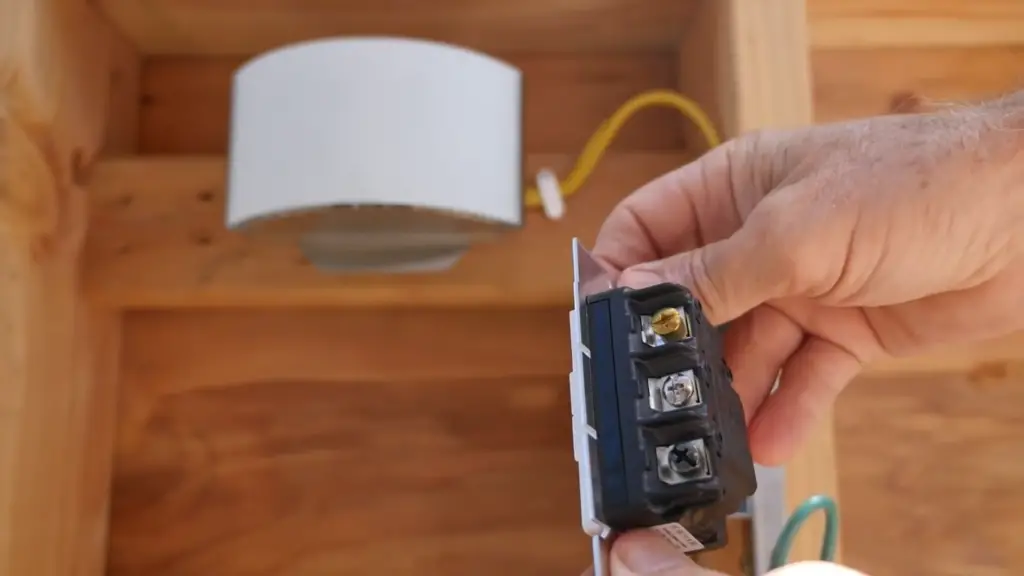
The first step to understanding how to identify line and load wires is to know the difference between the two.
Besides those two wires, there’s also a third type of wire, called the ground wire. Ground wires are there for safety and are not used in the function of your electrical system. They provide a path for current to travel in the event of a short circuit or other fault.
If you were to mix up the three types of wires, it could cause serious damage to your home’s electrical system. For this reason, it’s important to know which wire is which because they have very different functions. Line wires are live, meaning they’re always carrying an electrical current. This current can be dangerous if you come in contact with it. Load wires, on the other hand, are not live unless there’s a circuit connecting them to a power source. [1], [2]
Ways to Identify Line and Load Wires
So how can you tell which wire is which? There are actually several different options.
General safety tips
Before you start messing around with any wires, there are a few safety tips you should always follow. Since you will be dealing with electricity, it’s important to be extra careful.
Make sure the switch power is off
The first and most important rule is to make sure the power is off before you start working. Otherwise, you could be electrocuted. To do this, you’ll need to find your home’s main breaker box and flip the switch for the circuit you’re working on.
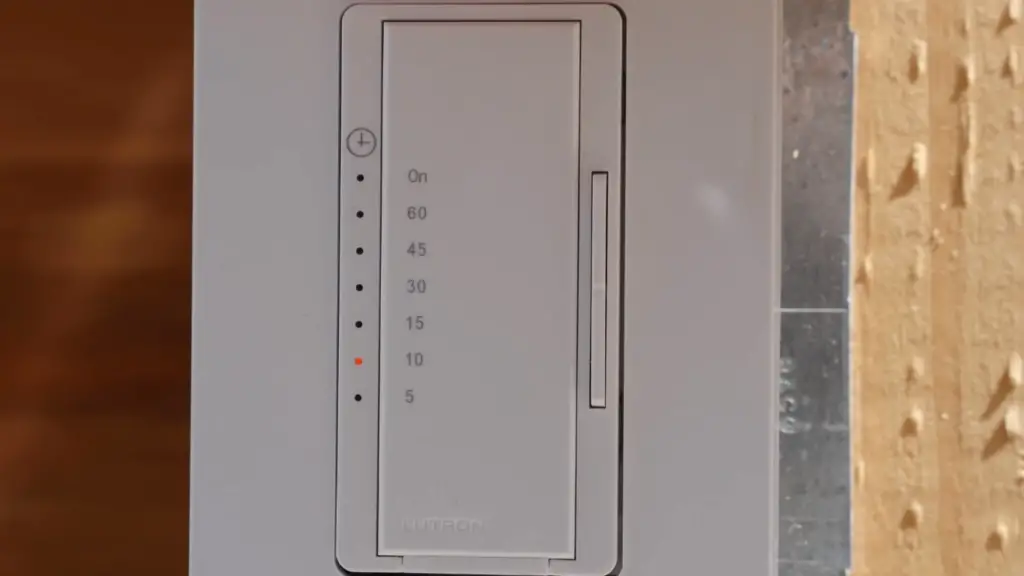
If you’re not sure which switch controls the circuit, it’s better to err on the side of caution and turn off all the switches. Once the power is off, test each wire with a voltage tester to make sure there’s no electricity running through it.
Inspect the wires for damage beforehand
The next thing you should do is take a close look at the wires you’ll be working with. Check for any signs of damage, such as fraying, cracks, or bare spots. If you see any damage, it’s best to replace the wire entirely. If the wire is damaged, there’s a chance that current could escape and cause an electrical shock. Even if the damage doesn’t seem bad, it’s always better to be safe than sorry.
Another reason to inspect the wires before doing anything else is because some types of damage are not always visible to the naked eye. For example, if a wire has been crushed, it might not show any outward signs of damage but could still be dangerous.
Wear safety equipment
Another important safety tip is to wear the proper safety equipment. This includes rubber gloves, safety glasses, and closed-toe shoes. Rubber gloves will protect you from shock in case you accidentally come into contact with a live wire. Safety glasses will protect your eyes from flying debris in case something goes wrong. And closed-toe shoes will protect your feet in case you drop something heavy on them.
Now that you know the basics of electrical safety, let’s move on to how you can actually identify line and load wires.
Identifying wires by color coding
The most common method to identify line and load wires is by color coding. The National Electrical Code (NEC) requires that the line wires be colored black, and the load wires must be colored red. The neutral wire must always be white while the ground wire can be either bare copper or green.
However, this isn’t always the case. In some older homes, the load and line wires may be the same color. If this is the case, you’ll need to use a different method to identify them. What’s more, some jurisdictions may have different color code requirements so it’s always best to check with your local building department before making any changes.
To be sure, always check with your local building department or electrician before doing any work on your home’s electrical system. [1], [2], [3]
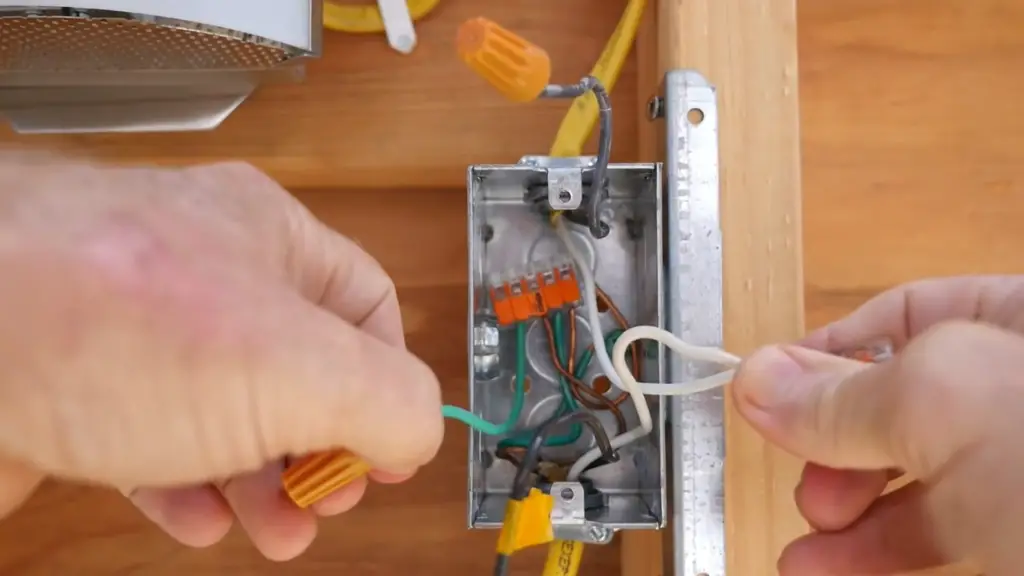
By position
One of the easiest ways to identify line and load wires is by their position. The line wire will always be on the bottom, while the load wire will be on top. This should be consistent no matter what type of outlet you’re working with. However if you don’t know where the top or the bottom, the confusion can set in. [1], [2], [3]
Using neon screwdriver
If you have a neon screwdriver, this is another surefire way to identify line and load wires.
Neon screwdrivers are a type of screwdriver that uses a small, bright light bulb instead of a traditional metal tip.
You can buy neon screwdrivers at most hardware stores or online.
Simply touch the tip of the screwdriver to each wire in turn. The wire that lights up is the line wire, while the other is the load wire. Keep in mind that this method will only work if you touch the exposed metal part of the wire. If the wire is wrapped in insulation, the screwdriver will not light up. [1], [2]
Using a non-contact voltage tester
Another way to identify line and load wires is by using a non-contact voltage tester. A non-contact voltage tester is a device that helps you identify line and load wires without having to physically touch them. This can be useful in situations where you don’t want to risk coming into contact with live electrical wiring.
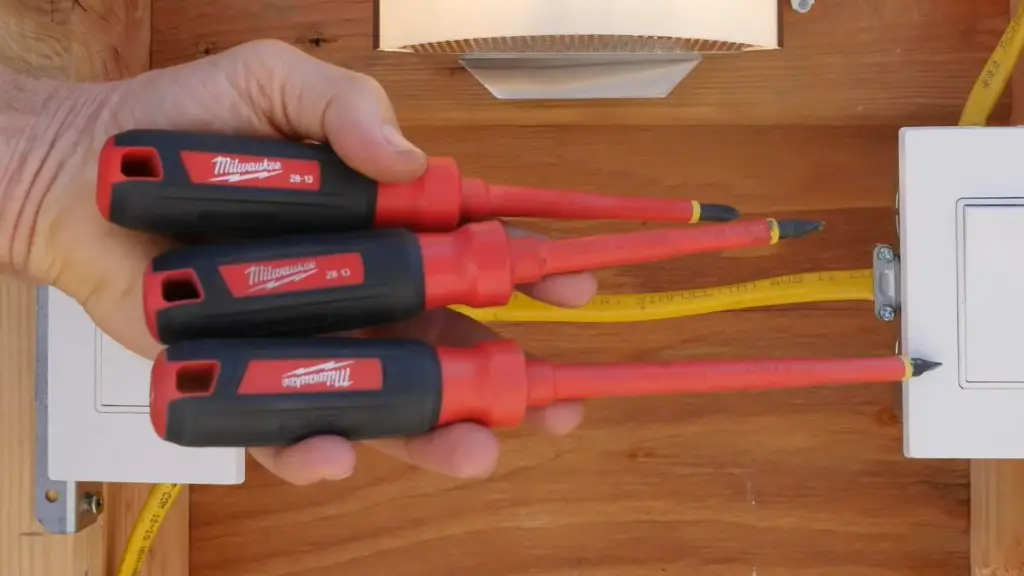
To use a non-contact voltage tester, simply hold the device near the wire you suspect is live and press the test button. If the light on the device comes on or starts flashing, this indicates that there is voltage present in the wire. Contrary to the neon screwdriver method, with a non-voltage tester it doesn’t matter if the wire is wrapped in insulation or not.
There are many different brands and models of non-contact voltage testers available on the market, so it’s important to choose one that suits your needs. Some features to look for include:
- A clear display that shows whether or not voltage is present
- A built-in flashlight for testing in dark areas
- A loud alarm that sounds when voltage is detected
- A range of test voltages to suit different applications
Once you’ve chosen a non-contact voltage tester, make sure to read the instructions carefully before use. Even though a voltage tester is a relatively safe way to test for voltage, it’s always best to be cautious. This will help you get the most out of your device and avoid any potential safety hazards. [1], [2]
Using a multimeter
Finally, another way to identify line and load wires is by using a multimeter. A multimeter is an electrical testing device that measures voltage, resistance, and current. It can also test continuity and diodes. A multimeter is a useful tool for electricians, hobbyists, and do-it-yourselfers (DIYers) alike.
There are two main types of multimeters: analog and digital. Analog multimeters use a needle to indicate readings on a scale, while digital multimeters display readings numerically on an LCD screen.
Nowadays, digital multimeters are more common because they are typically more accurate and easier to read than analog multimeters. However, analog multimeters can be helpful in situations where a digital multimeter is not available or when you need a quick reading without having to take the time to look at a screen.
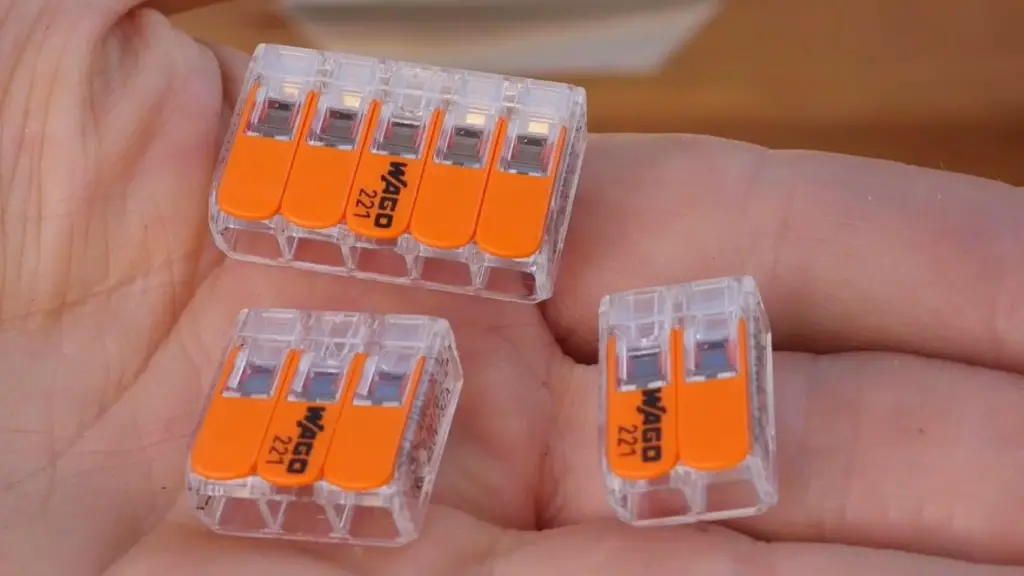
Before you use a multimeter, you’ll need to connect the probes to the correct terminals on the meter. Multimeters come with two probes: a black one and a red one. The black probe is typically connected to the “COM” or common terminal, while the red probe is connected to the “VΩmA” or volt/ohm/milliamp terminal.
Of course you need to tell the multimeter what you want to measure. For our purposes, we’re going to be measuring AC voltage, so we’ll need to set the dial on the multimeter to the “VΩmA” position and then switch it to “ACV” for AC voltage. We suggest setting the range to 200V, just to be on the safe side.
Now that we have our multimeter all set up, let’s put it to use!
Next, you need to place a black probe on any uninsulated surface nearby and the red probe on an exposed part of the wire you want to test. Be very careful when dealing with exposed wires because they could still be live, even if they’re not currently carrying any power. If you’re unsure, it’s best to be safe than sorry and assume the wire is live.
If you want to, you also can place probes on the screws that hold the wire in place. Just make sure that the probes don’t touch each other or anything else metal nearby.
Once you have the probes in place, take a look at the multimeter. If it’s a digital multimeter, you’ll see a numerical reading on the screen. In this case, you’re looking for a reading of around 120 volts, which is typical for household AC voltage in North America.
If you see a reading close to 120 volts, then congratulations! You’ve just successfully identified a line wire! Now all that’s left to do is turn off the power and repeat the process to identify the other wires.
Be sure to mark the wires so you don’t get them confused later on. A simple piece of colored tape should do the trick. [1], [2], [4]
FAQ
How do I know which wire is line or load?
The easiest way to determine which wire is line or load is by color. Line wires are almost always black, while load wires are usually red. If there are multiple lines or load wires, they will be color-coded accordingly.
Another way to determine which wire is line or load is by using a multimeter. Line wires will always be live, meaning they will have voltage running through them. Load wires, on the other hand, will only have voltage when there is a load (or appliance) plugged in and turned on.
Does the hot wire go to line or load?
This is a common question with a few different answers. The most important thing to remember is that line wires carry current from the utility company to your home, while load wires carry current from your home to devices and appliances.
What is the difference between line and load wires?
The main difference between line and load wires is that line wires carry current from the utility company to your home or business, while load wires carry current from your electrical panel to outlets, appliances, and lights. To put it simply, line wires bring power INTO your property while load wires take power OUT to where it’s needed.
It’s important to be able to identify which type of wire is which so that you can properly maintain and troubleshoot your electrical system. Keep reading for some tips on how to identify line and load wires!
Can load and line be connected?
No, line and load wires cannot be connected. This is because connecting the two would create a short circuit, which could cause serious damage to your home’s electrical system.
If you’re not sure which wire is which, it’s always best to call a professional electrician. Trying to figure it out on your own could be dangerous.
Useful Video: How to Find Line and Load Wires and Install a Lutron Timer Switch MA- T51MN-WH Neutral Required
Conclusion
This concludes our guide on how to identify line and load wires. As you can see you have plenty of options! The first one is identifying wires by color. The second, is by testing the wires with a multimeter. And the third, is by looking at their positions. You can also use a voltmeter or ammeter, but those require a bit more knowledge about electricity.
Multimeter testing is usually the most reliable method because it eliminates ambiguity. However, if you don’t have a multimeter or if you’re not comfortable using one, the other methods will work just fine.
Properly identifying wires is essential for any electrician or electrical engineer. We hope this guide was helpful and informative! If you have any questions, feel free to ask in the comments below or contact us directly. Our team would be happy to help!
References
- https://electrouniversity.com/how-to-identify-line-and-load-wires/
- https://howtoimprovehome.com/how-to-identify-line-and-load-wires/
- https://orro.zendesk.com/hc/en-us/articles/360019870294-If-my-Line-and-Load-wires-are-the-same-color-how-do-I-know-which-is-which-
- https://www.fluke.com/en-us/learn/blog/electrical/what-is-a-digital-multimeter





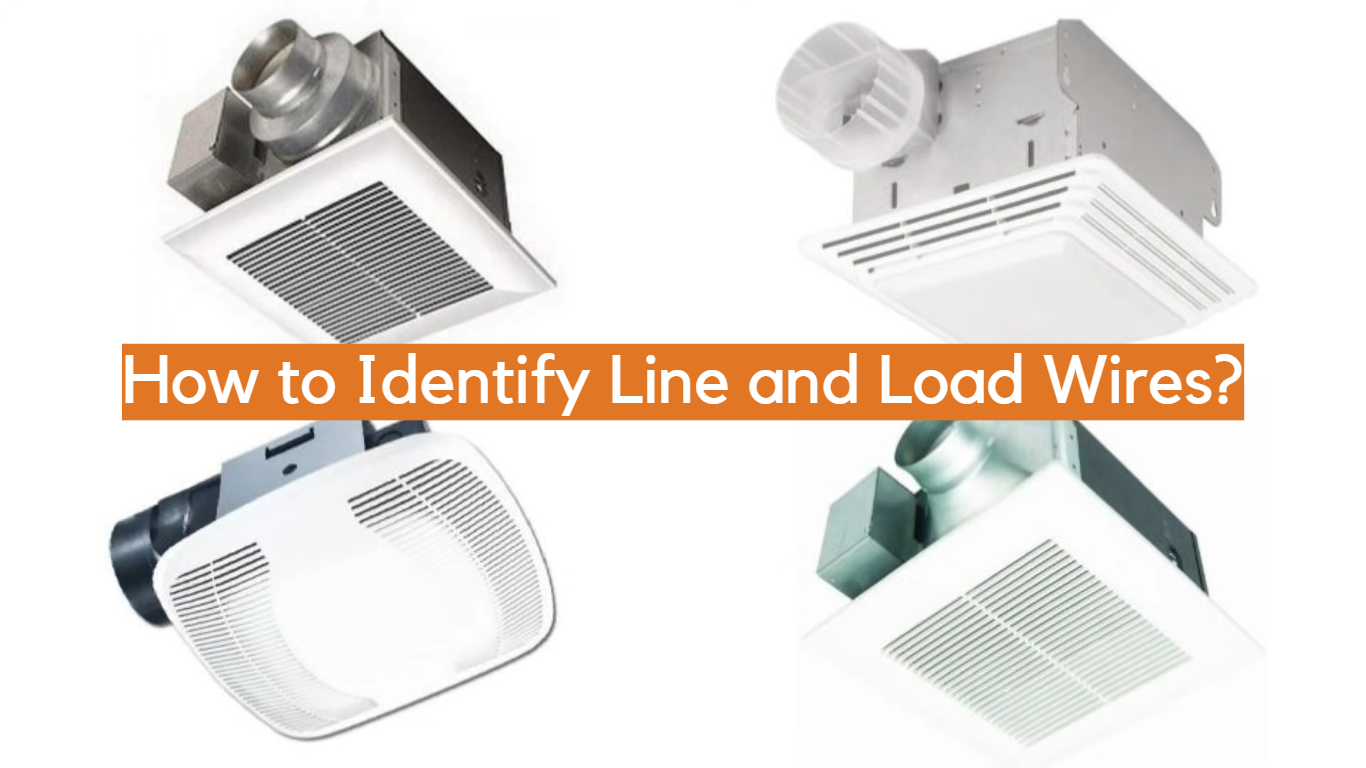




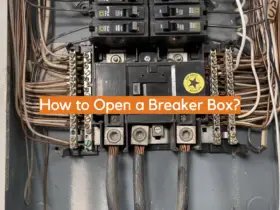
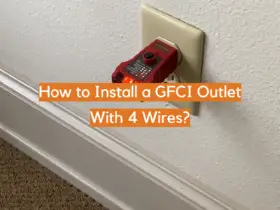

Leave a Reply